brazilian pepper tree roots
Cut all root suckers -- new shoots growing from the ground -- or seedlings back to the ground leaving only one main vertical trunk on each Brazilian. Use this method when the trees do not bear fruit to avoid spreading pepper tree seeds.
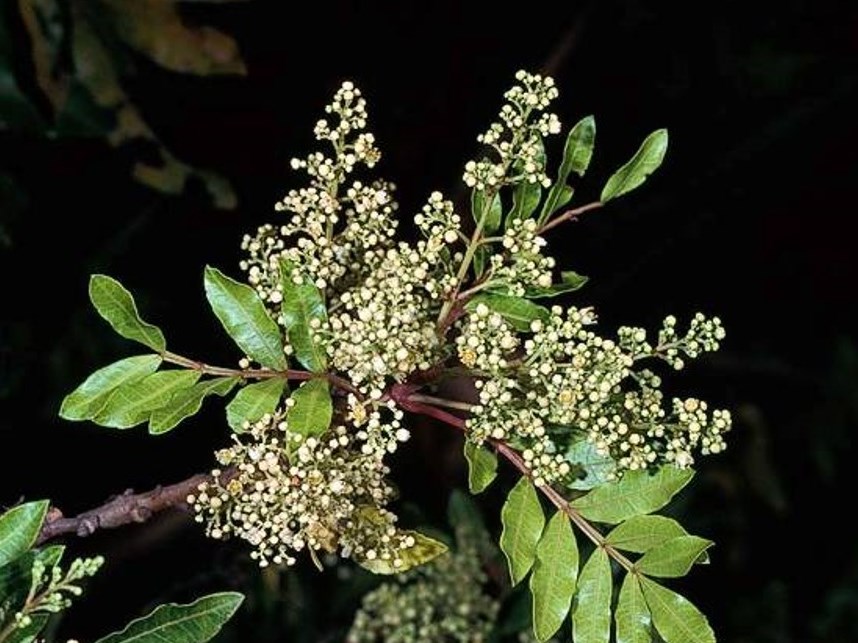
Schinus Terebinthifolius Profile California Invasive Plant Council
Its sap can irritate the skin and burning the wood releases airborne toxins.

. Cut Brazilian pepper trees down to just above ground level with the machete. This is why many people are making use of a professional that has the right equipment for removing a tree with roots successfully. You should also take care to ensure that you are not accidentally spreading the seeds and spreading them to other plants.
Brazilian pepper is a sprawling shrub or small tree with a shallow root system reaching a height of 2030 feet. In California Brazilian peppertree is not yet a very large problem but is has been a very aggressive invader in tropical areas like Hawaii and Florida. However the rapid growth and high germination rates make Brazilian pepper-tree difficult to suppress from a cultural weed management standpoint.
Besides having a very vigorous growth pattern Brazilian pepper tree roots are also known to change the soil microbiome where they grow reducing competition from other plants. Why is my Brazilian pepper tree dying. Apply a coating of triclopyr ester premixed with penetrating oil to the trunk of uncut trees.
It will cause a lot of problems if you do not properly remove the entire plant. Use this method when the trees do not bear fruit to avoid spreading pepper tree seeds. Its easy to see why after all the Brazilian Pepper tree Schinus terebinthifolius offers year-round beauty and is the perfect medium-to-large-sized tree for patios and in any garden setting.
How do you prune a Brazilian pepper tree. Its plastic morphology allows it to thrive in all kinds of ecosystems. In addition the Brazilian pepper tree has a haphazard branching structure and requires frequent expert pruning in its early years to create a.
Disinfect pruning tools including bypass pruners lopping shears and a pruning saw in a 10-percent bleach solution. 6 rows Brazilian Pepper tree Schinus terebinthifolia also known as aroeira rose pepper broadleaved. The Brazilian pepper tree Schinus terebinthifolius an enormously popular selection in the Valley is more tropical than the California pepper tree and could suffer in the Santa Clarita winter.
How to Prune Brazilian Peppers. Cut Brazilian pepper trees down to just above ground level with the machete. Simply cutting the Brazilian pepper tree does not kill the plant.
Armillaria root rot is also known as oak root fungus disease or lean rope disease and attacks broadleaf trees such as California pepper from the bottom up frequently causing roots and trunk area near the land to die forThe fungus can also cause fungal clusters to form along the base of the tree. Click to see full answer. Mechanical When utilizing aggressive mechanical methods the entire plant particularly the root system should be removed.
Mechanical methods must be aggressive and remove the entire plant especially any roots. The branches can be upright reclining or nearly vine -like all on the same plant. This is the best method for killing the Brazilian pepper tree.
One of them is to cut the roots and branches off the tree. Its plastic morphology allows it to thrive in all kinds of ecosystems. Immediately spray the stumps with a triclopyr ester or glyphosate-based herbicide.
Once the roots have been cut the tree will not spread so it must be removed by hand. It can regrow easily if you leave any roots behind. Brazilian pepper-tree in fruit.
Herbicides kill Brazilian peppers quickly and effectively but killing without chemicals proves more difficult. Can you burn a pepper tree. Many birds butterflies and other wildlife are dependent on native plant communities for their very survival.
The Brazilian pepper tree is one of the most hated plant species in the world and there are plenty of reasons why. Observe the Brazilian pepper tree closely prior to treatment and determine its level of maturity. If you have a Brazilian pepper tree on your property it is important that you have it.
A native of South America specifically Paraguay Argentina and Brazil the Brazilian pepper tree was mistakenly brought to Florida in the 1840s as an ornamental plant. However you should take care when removing a 30-foot-tall tree. There are over 700000 acres in Florida infested with Brazilian pepper tree.
The trickiest part of removing the Brazilian pepper tree is to remove the trunk and the roots around the trunk. Please do not ever plant this tree. The leaves are alternate 1022 cm long.
Due to its highly competitive and invasive nature the Brazilian pepper plant quickly spread its way. The Brazilian Pepper tree can vary from being a small shrub to a large tree which can grow to over 30 feet in height and can live for over 30 years. To kill a Brazilian pepper tree you.
Brazilian pepper tree roots produce suckers that give the tree a dense thicket appearance if they are not removed. Brazilian pepper tree produces a dense canopy that shades out all other plants and provides a very poor habitat for native species. In order to control peppertree infestations tree roots must be removed or killed and seedlings must be controlled by hand-pulling for at least three years.
How do you kill Brazilian pepper tree roots. The Brazilian Pepper is our tree of the week in Arizona. Brazilian peppertree is a sprawling shrub or small tree with a shallow root system reaching a height of 710 mThe branches can be upright reclining or nearly vine-like all on the same plant.
A range of options are available for management of this species including cultural native planting for competition mechanical and chemical. From dunes to s wamps where it grows as a semiaquatic plant. Brazilian Pepper is in the same family of plants as Poison Ivy Poison Oak and Poison Sumac and thus can cause extreme skin irritation and cannoot be burned.
From dunes to swamps where it grows as a semi-aquatic plant. The roots will. The Brazilian pepper trees roots can be very invasive so be sure to follow instructions carefully when cutting it down.
Also known as Florida holly or the Christmasberry tree the Brazilian pepper belongs in the same plant family as poison oak poison ivy and poison sumac. Immediately spray the stumps with a triclopyr ester or glyphosate-based herbicide. This shrubtree is one of the most aggressive and wide-spread of the invasive non-indigenous exotic pest plants in the State of Florida.
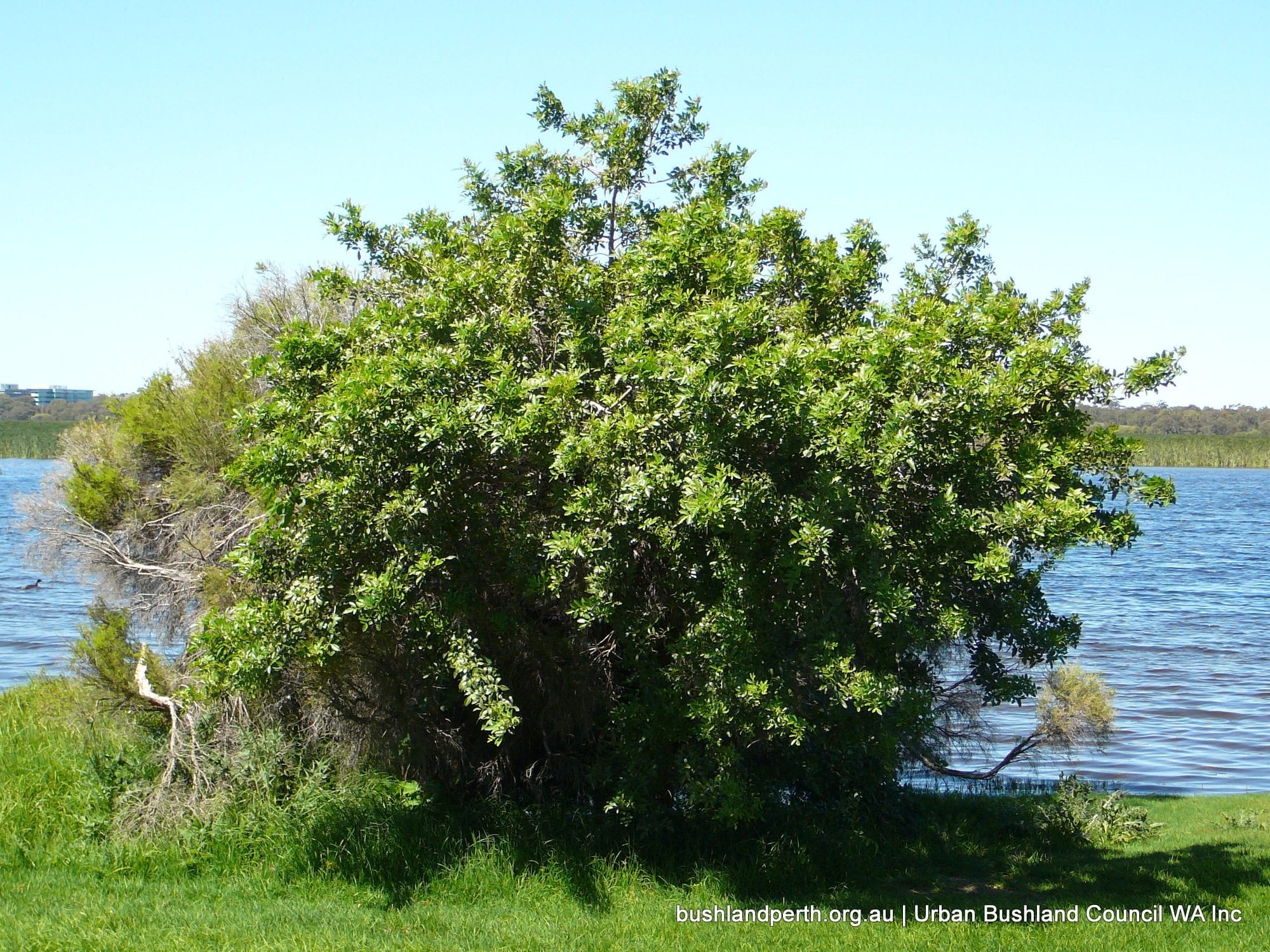
Brazilian Pepper Tree Urban Bushland Council Wa
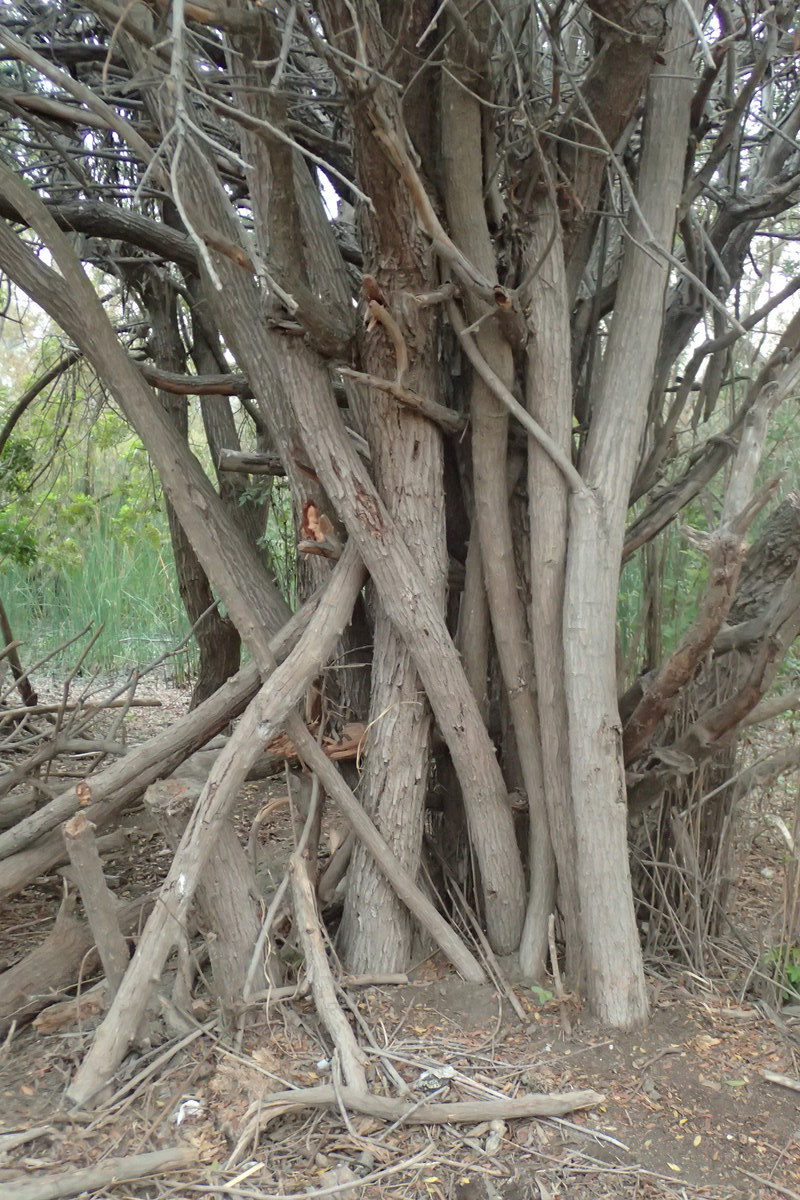
Schinus Terebinthifolius Calflora

Best Herbicide Products For Getting Rid Of Brazilian Pepper Tree Solutions Pest Lawn
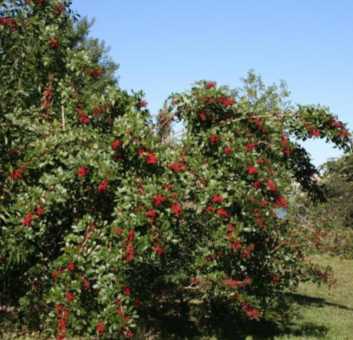
Invasive Plant Spotlight Brazilian Pepper U S National Park Service
How To Kill A Brazilian Pepper Tree
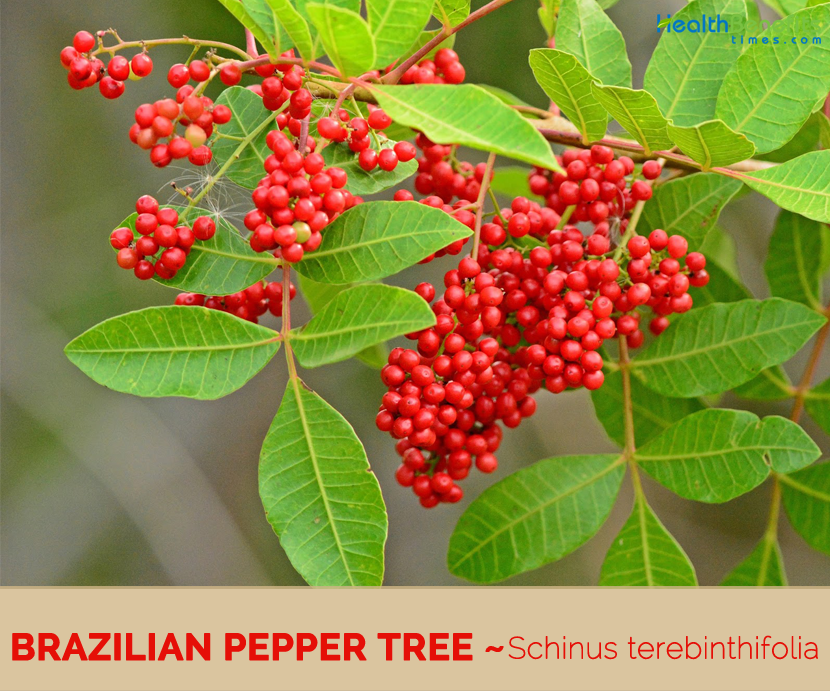
Brazilian Pepper Tree Facts And Health Benefits
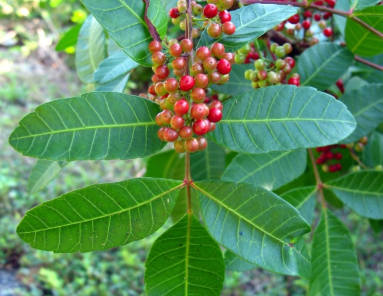
Invasive Plant Spotlight Brazilian Pepper U S National Park Service

Avoid The Brazilian Pepper Tree Schinus Terebinthifolius An Invasive Species Gardening Channel

Aci Land Aquatic Management Brazilian Pepper Tree Removal

December Tree Of The Month Brazilian Pepper Edhat

Uses Of Brazilian Pepper Tree Waste Debris Southern Usa Forum At Permies

Beware The Brazilian Pepper Tree Pretty Invasive Toxic
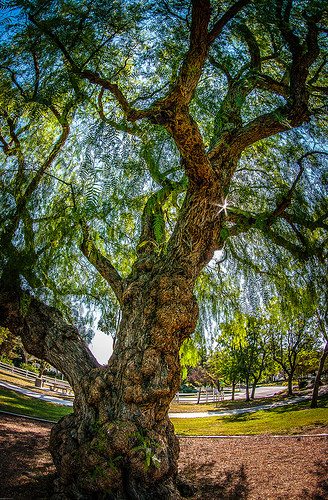
Pepper Trees Pat Welsh Organic And Southern California Gardening
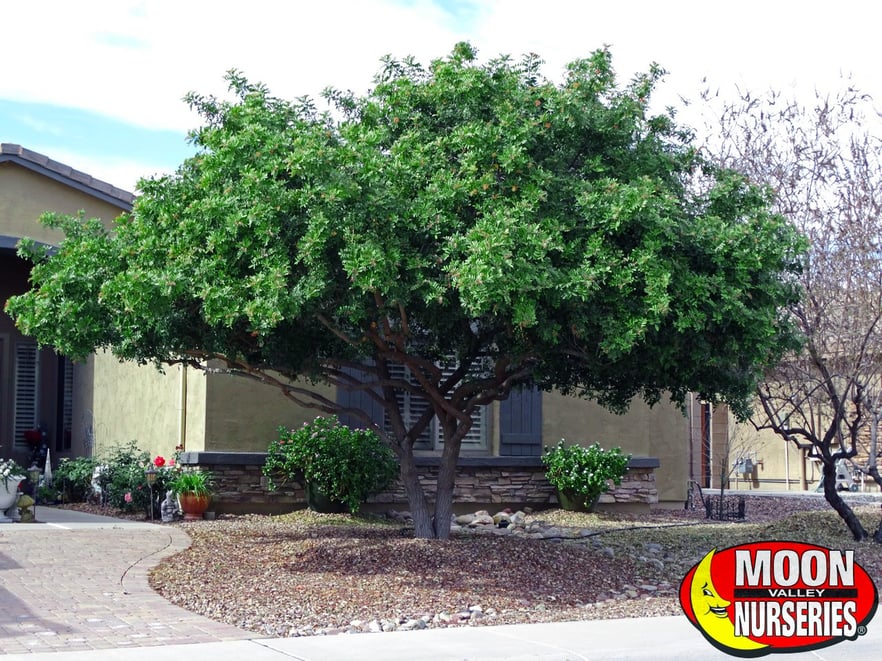
Brazilian Pepper Tree Care Guide
Brazilian Pepper Tree On Most Hated Plants List
Brazilian Pepper Tree Mlalazi Estuarine Floodplain Inaturalist

What Is A California Pepper Tree Growing California Pepper Trees

